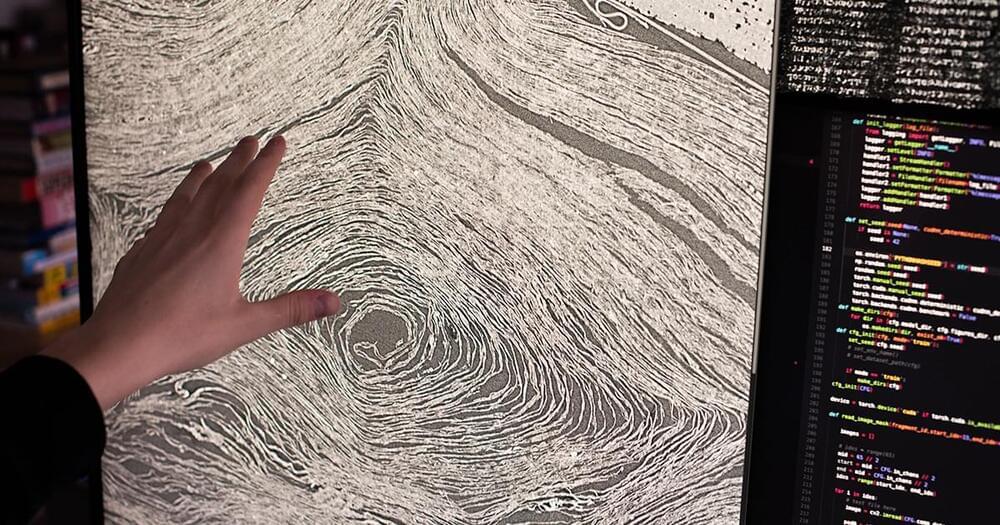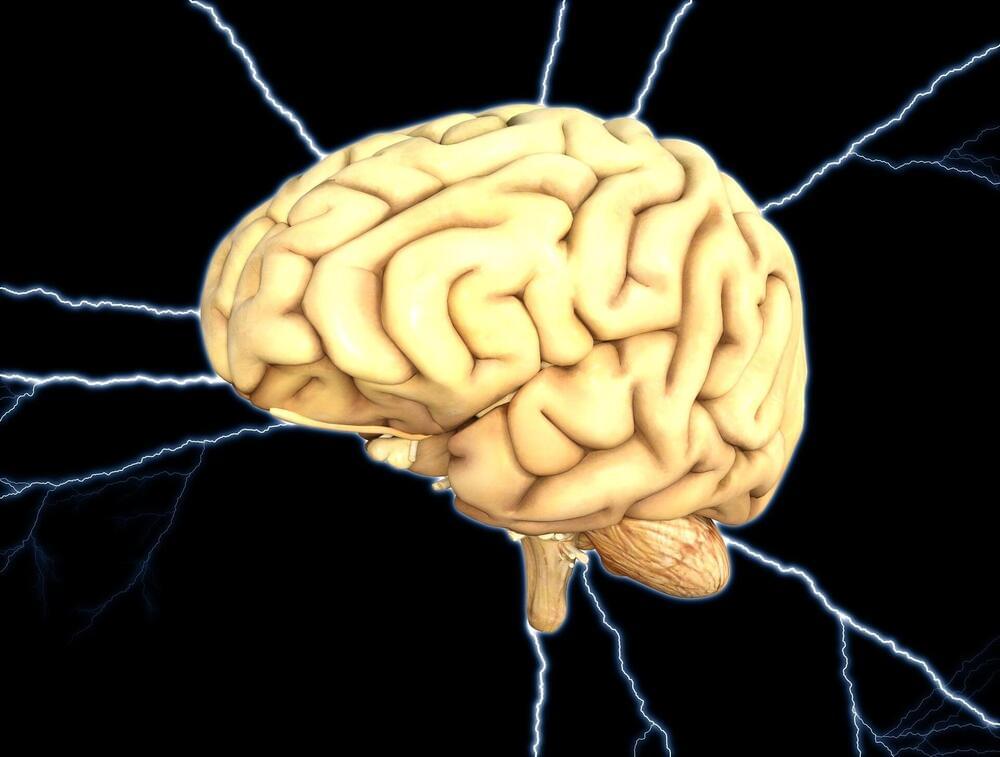
Acetamiprid-induced oxidative stress can harm DNA and tRNA, leading to health problems. A study conducted by Huixia Zhang at Macau University of Science and Technology in 2023 introduced a comprehensive approach to assessing acetamiprid-induced oxidative damage to tRNA in human cells through oxidized nucleotide and tRNA profiling. Acetamiprid, a modern insecticide, is known for causing oxidative stress and related toxicity. Despite its impact on oxidative stress, the effects of acetamiprid-induced oxidative stress on RNA, especially tRNA, remained unexplored until this study.
Acetamiprid was found to elevate reactive oxygen species (ROS) production in HepG2 and LO2 cells, contributing to mitochondrial damage, free radical generation, and antioxidant status depletion. Oxidative damage to DNA and RNA can harm organisms, with prior research addressing RNA damage in aging, neurodegenerative diseases, and mental illnesses. However, its role in acetamiprid-induced toxicities has not been investigated.
The study employed TMSD labeling-based LC-MS/MS to measure oxidized nucleotide levels in HepG2 and LO2 cells treated with two mM acetamiprid. It also examined the impact of acetamiprid on the 8-oxo-G content of tRNAs and created volcano plots to compare RNase T1 digestion products of tRNAs from untreated and acetamiprid-treated cells.

















